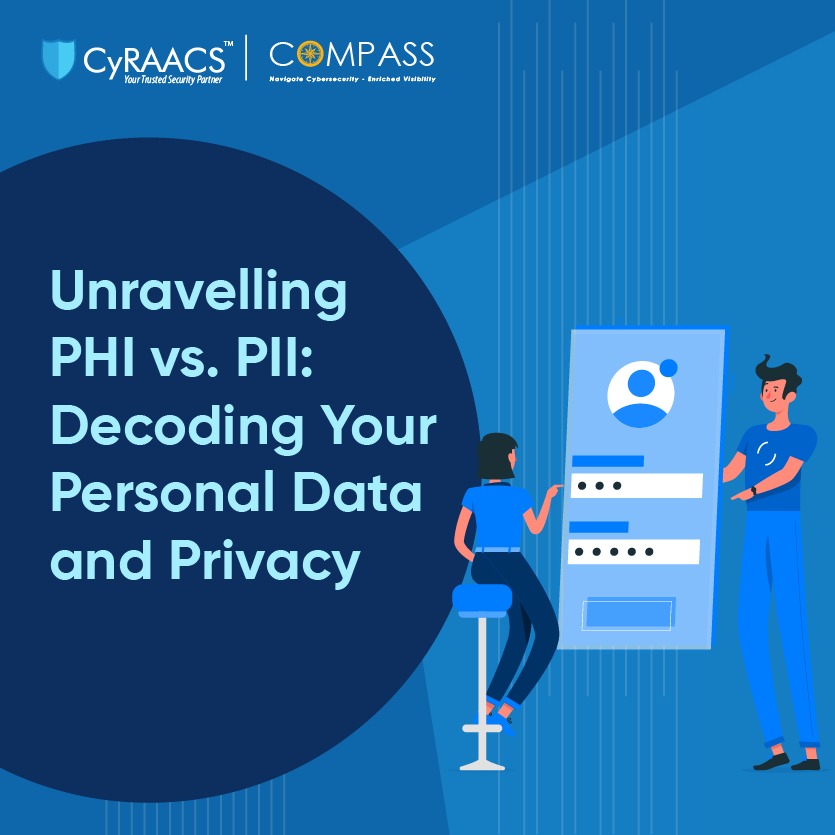
In the realm of data privacy, terms like PHI (Protected Health Information) and PII (Personally Identifiable Information) are more than just buzzwords-they're pivotal concepts in safeguarding individual privacy. While they might seem similar at a glance, they occupy distinct spaces in data protection, and understanding the distinctions between Protected Health Information (PHI) and Personally Identifiable Information (PII) is essential for navigating the complexities of data protection regulations and safeguarding sensitive information.
PHI refers specifically to any health information that can be linked to an individual and is governed by regulations like the Health Insurance Portability and Accountability Act (HIPAA), which sets strict guidelines for its use and disclosure. On the other hand, PII encompasses a broader category of information that can be used to identify an individual, including names, addresses, and social security numbers, and is subject to various privacy laws across different sectors. As organizations increasingly rely on data-driven strategies, comprehending the critical differences between PHI and PII is crucial not only for regulatory compliance but also for enhancing trust and security in an era where data breaches are commonplace.
Let's delve into what sets them apart and why that distinction is crucial.
At its core, PII refers to any information that can be used to identify a specific individual, either on its own or when combined with other data. This type of information, if mishandled, can lead to identity theft, financial fraud, or other privacy invasions.
Examples of PII:
PHI is a subset of PII, but it's specifically tied to medical and health-related information created, received, stored, or transmitted by certain entities like healthcare providers or insurers. PHI isn't just about the health condition itself; it's the intersection of health data and personal identifiers.
Examples of PHI:
1. Scope and Context
2. Regulatory Framework
3. Types of Data Included
4. Entities Involved
With increasing concerns over data breaches and privacy violations, distinguishing between PHI and PII is essential for businesses, healthcare providers, and individuals alike. Mismanaging either type of information can lead to severe legal and financial consequences, reputational damage, and loss of consumer trust.
Organizations handling sensitive data must ensure compliance with relevant regulations, implement robust security measures, and educate employees and stakeholders on proper data protection practices.
By recognizing the unique characteristics of PHI and PII, businesses can develop more effective privacy policies, enhance cybersecurity strategies, and ultimately foster a safer digital environment for all.
Whether you're a healthcare provider, business owner, or individual, understanding the distinctions between Protected Health Information (PHI) and Personally Identifiable Information (PII) is crucial for navigating the complexities of data privacy and protecting sensitive information. Both data types have significant implications for privacy rights, regulatory compliance, and the ethical management of personal information. As organizations increasingly rely on data-driven strategies, CyRAACS services ensure adherence to legal frameworks. As enhanced awareness and proactive measures can mitigate the risks of data breaches and misuse, contact us to learn how to foster a more secure environment for handling both PHI and PII. With evolving data privacy regulations, stay informed and proactive in data security practices.
